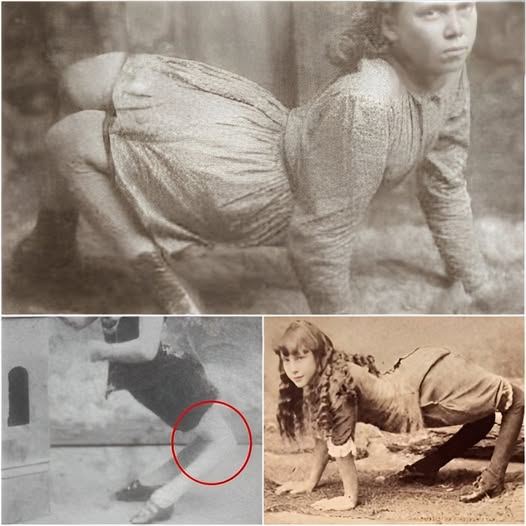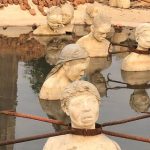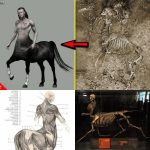Medieval Mutants Unearthed: Chilling Manuscripts from the 15th Century

A series of recently uncovered 15th-century manuscripts has sent shockwaves through the world of medieval studies, revealing illustrations of human-like mutants with grotesque, spider-like limbs and unnaturally twisted forms. These eerie depictions, hidden for centuries, challenge conventional interpretations of medieval art and offer a fascinating glimpse into the fears, symbolism, and possible encounters that shaped the period.
The Discovery

The manuscripts, preserved in a European monastic archive, feature vivid, detailed illustrations of beings that appear both human and inhuman. The mutants’ limbs are multiplied or elongated in unnatural ways, their postures contorted, and their facial expressions convey horror, pain, or malevolent intent. Scholars have marveled at the precision and consistency of the illustrations, suggesting that they were not merely products of imagination, but based on some observation or cultural memory.
Accompanying the illustrations are textual annotations in archaic Latin and vernacular scripts. While much of the language remains cryptic, references to “plagues of deformity,” “warnings of sin,” and “unseen creatures” have led researchers to investigate the cultural, religious, and possibly factual basis for these disturbing depictions.
Interpretations and Debates
Medieval scholars and art historians have proposed multiple explanations for the mutant illustrations. Some argue that they are symbolic, representing human sin, moral corruption, or divine punishment. In this interpretation, the spider-like limbs and grotesque forms serve as cautionary imagery, designed to evoke fear and encourage piety among viewers.
Others suggest that the illustrations may have been inspired by disease or congenital deformities observed in local populations. Historical accounts of epidemics and conditions such as polydactyly or severe skeletal malformations could have been exaggerated into artistic forms to convey the uncanny or supernatural.

More controversial theories posit that the manuscripts record encounters with unknown or fantastical beings. The consistency, anatomical detail, and lifelike motion captured in these illustrations suggest that some experiences of the unknown may have been preserved visually, blending folklore, eyewitness testimony, and artistic interpretation.
Cultural and Historical Significance
These manuscripts illuminate the fears and imagination of 15th-century Europe. They reflect societal anxieties about mortality, sin, and the unknown, while also revealing the sophistication of medieval illustration and the blending of narrative, science, and art. By examining these depictions, historians gain insight into how people of the period understood the world around them—including deformities, disease, and the boundaries between the natural and supernatural.
Conclusion
The medieval mutant manuscripts provide a haunting and provocative glimpse into the fears, artistry, and worldview of 15th-century Europe. Whether interpreted as symbolic warnings, depictions of disease, or records of encounters with the unknown, they challenge our understanding of history and artistic representation. The grotesque, spider-like forms immortalized on the pages raise compelling questions: what did our ancestors witness that inspired such vivid, chilling imagery? As scholars continue to analyze these manuscripts, they reveal truths that are stranger—and far more haunting—than legend.











